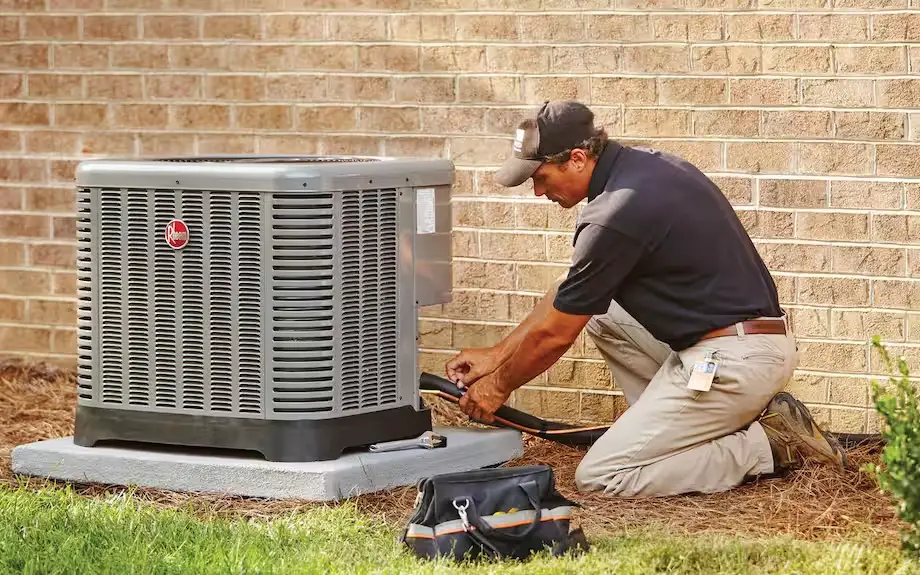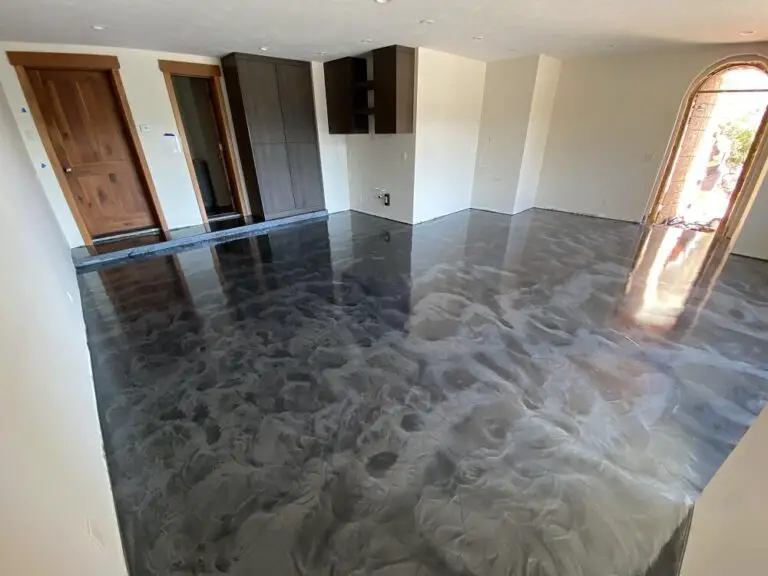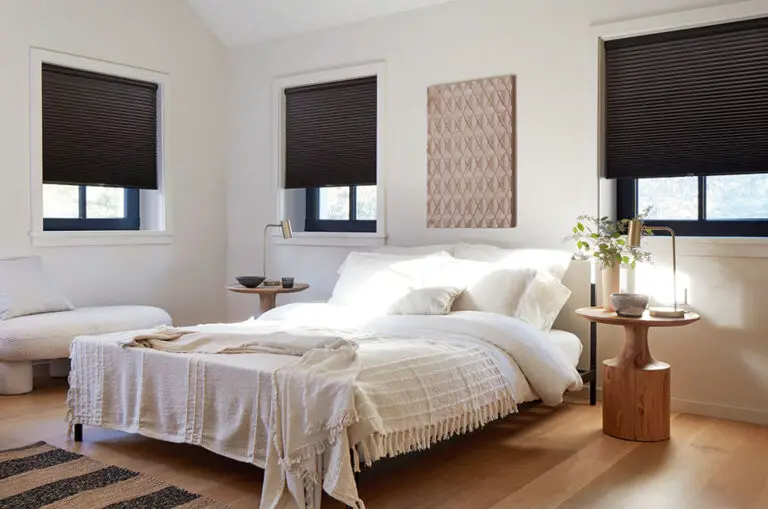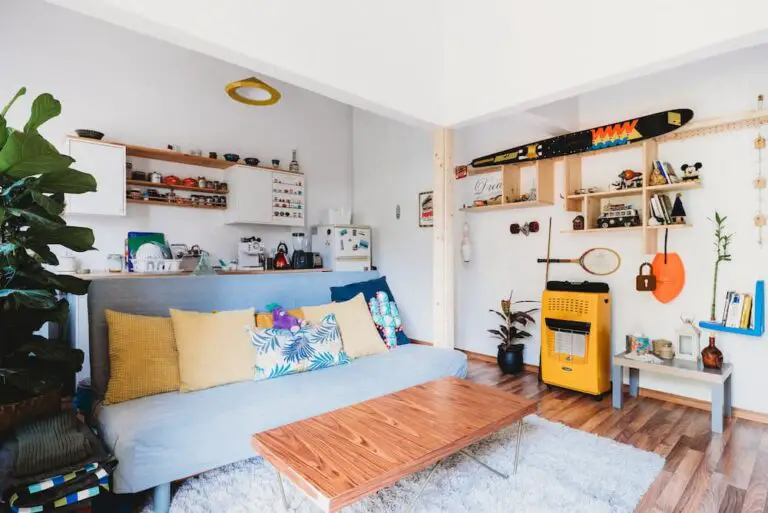Sizing Matters: Determining the Right New AC Unit for Your Space
When it comes to staying cool in the summer, the size of your air conditioner plays a big role. It’s not just about aesthetics; it’s about how well your AC works and how comfortable your home is.
In this article, we’ll explain why choosing the right AC unit size is so important and how it affects both your cooling system’s efficiency and your overall comfort. Whether you’re thinking about getting a new AC unit or upgrading your current one, understanding AC sizing is the first step to making sure you stay cool without breaking the bank.
Understanding Air Conditioner Unit Sizing
Finding the right AC unit size means matching the cooling capacity of the AC to the specific needs of your space. Common misconceptions about this are that “bigger is better” when it comes to AC units or that a smaller unit will save money. The truth is – every home is unique, and so are its cooling needs.
Homes vary in size, layout, insulation, climate, and other factors. What works efficiently in one setting may be too big or too small for another, leading to energy waste, discomfort, and increased costs. That’s why the one-size-fits-all approach doesn’t work with air conditioners.
How to Choose the Right Air Conditioner Size
Determine the Size and Layout of Your Space
- Square Footage: Measure your space’s size to find the right AC unit. Too small, and it won’t cool effectively; too large, and it may cycle inefficiently.
- Ceiling Height: Taller ceilings mean more space to cool, so high ceilings need more cooling power.
- Windows and Doors: Windows and doors are key players in the heat exchange between your home and the outdoors. Here’s how they impact your AC needs:
- Number: The more windows and doors your space has, the more potential entry points there are for heat to come in during the summer. You’ll need an AC unit that can counteract this heat gain.
- Size: Larger windows and doors allow more heat to enter or escape, so consider the size of each opening when sizing your AC. For example, a room with large, south-facing windows might need a more powerful AC.
- Quality: Well-insulated doors and windows can significantly reduce heat transfer, making your AC’s job easier. If your home has poor insulation, you might need a larger AC to compensate for the heat loss or gain.
Consider the Climate and Weather Conditions
- Climate Zone: Your local climate zone plays a significant role in determining the right AC unit size for your home. Here’s how:
- Hotter Regions: In areas with hot and humid climates, you’ll generally need a larger AC unit. These regions experience prolonged periods of high temperatures, and the AC unit needs to work harder to keep your home comfortable. If the AC is undersized, it may struggle to maintain the desired temperature, leading to discomfort and higher energy bills.
- Cooler Places: In cooler climates, smaller AC units will work fine. The cooling demand in these areas is typically lower due to milder summers, so an oversized AC could lead to overcooling, rapid cycling, and reduced efficiency.
- Variable Climate: Some areas experience variable climates with both hot summers and cold winters. In such regions, you might consider a heat pump, which can provide both cooling and heating.
- Humidity Levels: Humidity affects not only your comfort but also the efficiency of your AC system:
- High Humidity: In areas with high humidity, like coastal regions, the air feels warmer than it actually is due to the moisture content. To maintain comfort, your AC may need to work harder to remove excess moisture from the air.
- Low Humidity: In arid or desert climates with low humidity, you might feel cooler at a given temperature compared to a more humid area. In such cases, you may require a smaller AC unit to achieve the desired comfort level.
Check Your Insulation
- Your Home’s Insulation: The quality of your home’s insulation is a critical factor in determining the right AC unit size:
- Effective Insulation: A well-insulated home is more energy-efficient because it retains the cooled air produced by your AC for longer periods. This means that your AC doesn’t have to work as hard to maintain the desired indoor temperature. When your home is well-insulated, you can often choose a slightly smaller AC unit without sacrificing comfort.
- Poor Insulation: In homes with inadequate insulation, the cool air escapes more easily, and warm air from outside can seep in. As a result, your AC has to run longer and work harder to compensate for the heat gain. In such cases, you might need a larger AC unit.
- Air Leaks: Identifying and addressing air leaks in your home is crucial for both energy efficiency and comfort:
- Energy Waste: Air leaks, such as gaps around windows, doors, and ductwork, allow conditioned air to escape and outdoor air to infiltrate your home. This results in wasted energy as your AC constantly battles to maintain the desired temperature.
- Uneven Cooling: Air leaks can also lead to uneven cooling. Some rooms may feel cooler than others because they are closer to the source of cool air, while rooms with more significant air leaks might remain warm and uncomfortable. In an attempt to cool these spaces, you might be tempted to oversize your AC, which can lead to other problems.
How to Calculate for Cooling Load
Calculating the cooling load of your space means figuring out how much heat needs to be removed to keep it cool and comfortable. The exact formula typically used by HVAC (heating, ventilation, and air conditioning) professionals is known as the “Total Cooling Load” formula. It takes into account various heat gain factors in a space. Here’s a simplified version of the formula:
Total Cooling Load (in British Thermal Units per hour or BTU/hr) = Q + S ± L ± H
- Q represents the heat gain or loss from the outside air and is influenced by factors such as the local climate, temperature, and humidity.
- S represents the heat generated by people and equipment in the space.
- L represents the heat gain from lighting, which is influenced by the type and wattage of light fixtures.
- H represents the heat gain or loss through the walls, roof, floor, and windows of the space.
- The plus and minus signs indicate whether these factors are contributing to heat gain (+) or heat loss (-) in the space.
Imagine you want to determine the cooling load for a small office room. Here are the factors we’ll consider:
- Q (Heat from Outside): It’s a hot summer day, so the outside air is warmer than you’d like inside the office. This adds heat to the room because the warm air is trying to get in.
- S (Heat from People and Equipment): You have a computer, some lights, and two people working in the room. All these things generate heat.
- L (Heat from Lighting): You have two 100-watt light bulbs turned on, adding even more heat.
- H (Heat through Walls and Windows): The room has windows that let in sunlight, and the walls are not well-insulated, so heat from outside is getting in.
Now, let’s calculate the cooling load:
- Q (Heat from Outside): Let’s say this adds 3,000 BTU/hr (British Thermal Units per hour) of heat.
- S (Heat from People and Equipment): This contributes 2,000 BTU/hr.
- L (Heat from Lighting): With two 100-watt bulbs, it’s another 200 BTU/hr.
- H (Heat through Walls and Windows): This adds 1,500 BTU/hr.
Now, let’s put it all together using the formula:
- Cooling Load = Q + S + L + H
- Cooling Load = 3,000 BTU/hr + 2,000 BTU/hr + 200 BTU/hr + 1,500 BTU/hr
- Cooling Load = 6,700 BTU/hr
So, in this simple example, the cooling load for the office room is 6,700 BTU per hour. This means you’d need an air conditioner with a cooling capacity of at least 6,700 BTU/hr to keep the room comfortably cool, considering all the factors contributing to heat inside the room.
Air conditioners are commonly available in increments of 6,000, 8,000, 10,000, 12,000, and so on BTU/hr. To find the appropriate AC unit size, you’d typically round up to the nearest standard size available. In this case, a 6,000 BTU/hr AC unit might be slightly undersized, and an 8,000 BTU/hr unit would be slightly oversized. Therefore, for a cooling load of 6,700 BTU/hr, you would likely choose an 8,000 BTU/hr AC unit.
Using Online Calculators and Professional Services
There are handy tools available on the internet that can help you estimate your cooling load. These calculators typically ask for information about your space, such as its size, insulation quality, and location. They then provide you with an approximate AC unit size recommendation based on your input. Online calculators are a convenient way to get a rough estimate.
But for a more precise assessment, consider consulting with a professional HVAC (heating, ventilation, and air conditioning) technician. These experts have the knowledge and experience to conduct a comprehensive cooling load analysis for your specific situation. They take into account all the critical factors, ensuring that you receive a personalized recommendation for the right AC unit size that meets your unique requirements. This professional approach offers the highest level of accuracy and peace of mind.
Conclusion
Whether you opt for an online calculator or seek professional guidance, accurately assessing your cooling needs ensures that you stay cool without overpaying or experiencing discomfort. Remember that one size doesn’t fit all, so take the time to consider factors like room size, insulation, climate, and heat gain elements.
By finding the perfect fit for your cooling requirements, you can enjoy a refreshing and cost-effective solution for your home, making those scorching summer days a lot more bearable.
About the Author
Rachel Watson is the Senior Content Editor of New AC Unit. Aside from heading the company’s content marketing strategies, she writes articles about how to stay fit and energy-efficient home living.








